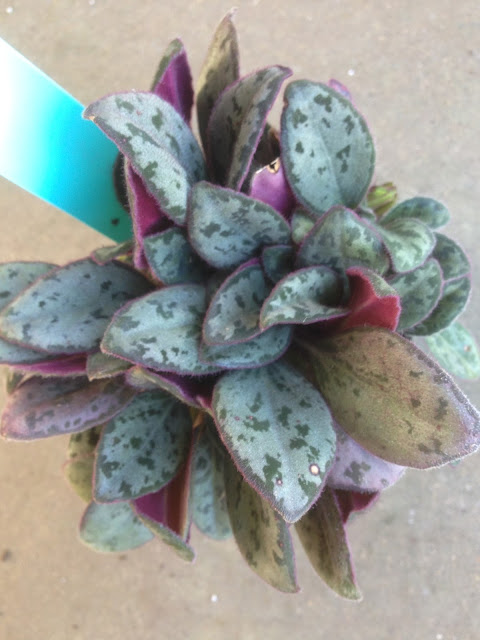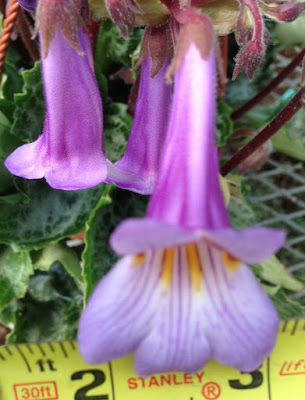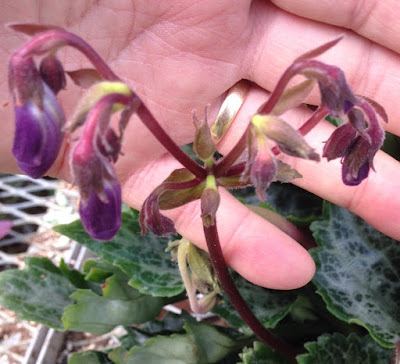 |
| Maurice Sendak |
I’m no longer impressed with sliced
bread. If anything, the advancement is
to actually get bread that is not sliced.
To me it should be: The greatest thing since flannel sheets!
Flannel sheets must not be that
common. No motel features soft flannel
sheets.
My history started as a kid on the
farm where my farmhouse upstairs bedroom had no heat. My Mother had warm flannel sheets for Winter
and smooth cotton sheets for Summer.
I don’t remember how I got back to
trying flannel again as an adult but it’s great, year around. If your skin is shocked by cool slick sheets, try flannel. After three nights of soft and warm, you’ll
never go back.





















